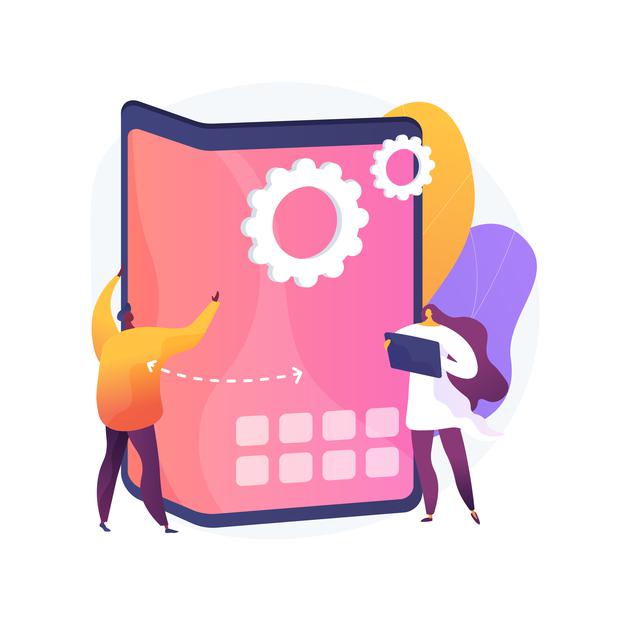In light of increased online science education, and the current gaps in that education, ARLab has been imagined.
The ARLab app focus is virtual, engaging labs that include practice of theory, hands-on labs, and collaboration.
In attempt to do so while being a strong open and mobile resource, it combines the strengths of:
- augmented reality
- gamification
- social media

I hope you enjoy. My project can be accessed here.

Hi Katherine!
First off, I like how simple your app/website is to understand, and I like how you clearly identified the gaps and solutions. I particularly like the concept of using AR to work on virtual labs – this is something that I see as a big thing in the future and I can see how we made headway with this when COVID hit. So many students such an nurses, engineers, chemistry students, etc. were propelled to virtual learning in more theoretical manners instead of hands-on labs – this is great step that way. It is more engaging, realistic, and favourable compared to theoretical learning.
I additionally like the gamification piece – this is something I have covered in a previous MET course and found it to be a valuable tool for students. It makes learning more fun for students, therefore keeping them engaged – and it allows for students to even be a part of the teaching of it, as they can be involved in making their own games for learning, as well.
While AR/VR does not replace being physically in a lab, it is a great, innovative option.
I am always a fan of anything that gets kids experimenting. Having said that, I do think there are some fallacies in the Gaps here. As a past parks naturalist, science educator, kids science education columnists, and fan of OWL magazine in my youth, it is a fallacy that conducting science experiments and scientific inquiry needs to be expensive or present safety concerns. One just needs to pick up Kids Can Press books, or the many, many, free hands-on science education books that different divisions of the government have produced over the years for teachers and kids. During the pandemic, many science organisations also shared such activities online to engage both educators and kids. As for the equipment, you just need to visit your household recycling bin to find the itemS you need to create a lab in your own home. And while there is a novelty to VR, AR, and MR, science and scientific experimentation should also be tangible. And it’s healthy for the kids to disconnect from the screen, build and create in the real world and then tune back in online to show their class what they’ve learned / created. Having said that, there are certainly some high school and university labs that do require equipment that is not in the home and that would introduce safety concerns, if unsupervised. And there are places that kids can visit through VR, AR, or MR that they can not in their everyday world, even if in the classroom. While a number of AR science apps do already exist, I love that you tackle this in a different way by looking at ways for students and teachers to collaborate safely. I am not such a fan of the leaderboard idea though, as while gamification can certainly drive engagement, it sets the wrong tone for scientific inquiry which should be about collaboration, rather than competition.
Hello Katherine! My project focused heavily on the integration of Augmented Reality into education, and laboratory and science classes were one of the many applications that i cam across. AR technology really does seem to be the next logical step for many of these educational areas, as a hands-on learning experience tends be favorable but can sometimes be difficult to execute. The integration of AR looks to be an excellent medium for bridging the gap between these two, and i for one am extremely excited to see what the future of AR holds in regards to educational application. your concept of combining this along with gamification and social media int0 a single, unified app sounds like a fantastic idea, and could potentially open up both the mobility and accessibility aspects of your topic!
Hi Katherine,
ARLab is an excellent app for experiential learning students have the opportunity to be in the lab via augmented reality. In STEM, learners must have hands-on experience, but as Michael Bodekaer mentions in his TED talk, “This Virtual Lab will Revolutionize Science Class” (https://youtu.be/iF5-aDJOr6U) teachers need to find innovative ways to engage with students. There are many benefits to remote learning, but educational technology and STEM fields require experiential learning. And, AR and VR technology allow students to have the experience of working with specific tools or in a lab. Also, students can work at their own pace; therefore, the approach is student-centred as not all learners absorb content the same. Another positive aspect of ARLab is that the skills developed are easily transferable to real-life labs. However, there will still be a learning curve for these students compared to those taught face-to-face. There is a difference between developing skills in AR and VR versus being in a real science lab. Nevertheless, AR and VR are great strategies for experiential learning, such as the potential of ARLab
Hi Katherine, Sounds like an awesome app. Really like the focus on the three pillars of augmented reality, gamification, and social media. I can see those areas as really engaging students into the content. How do you envision such an app being incorporated into curriculums outside of BC? How about equity for students when it comes to access to technology?